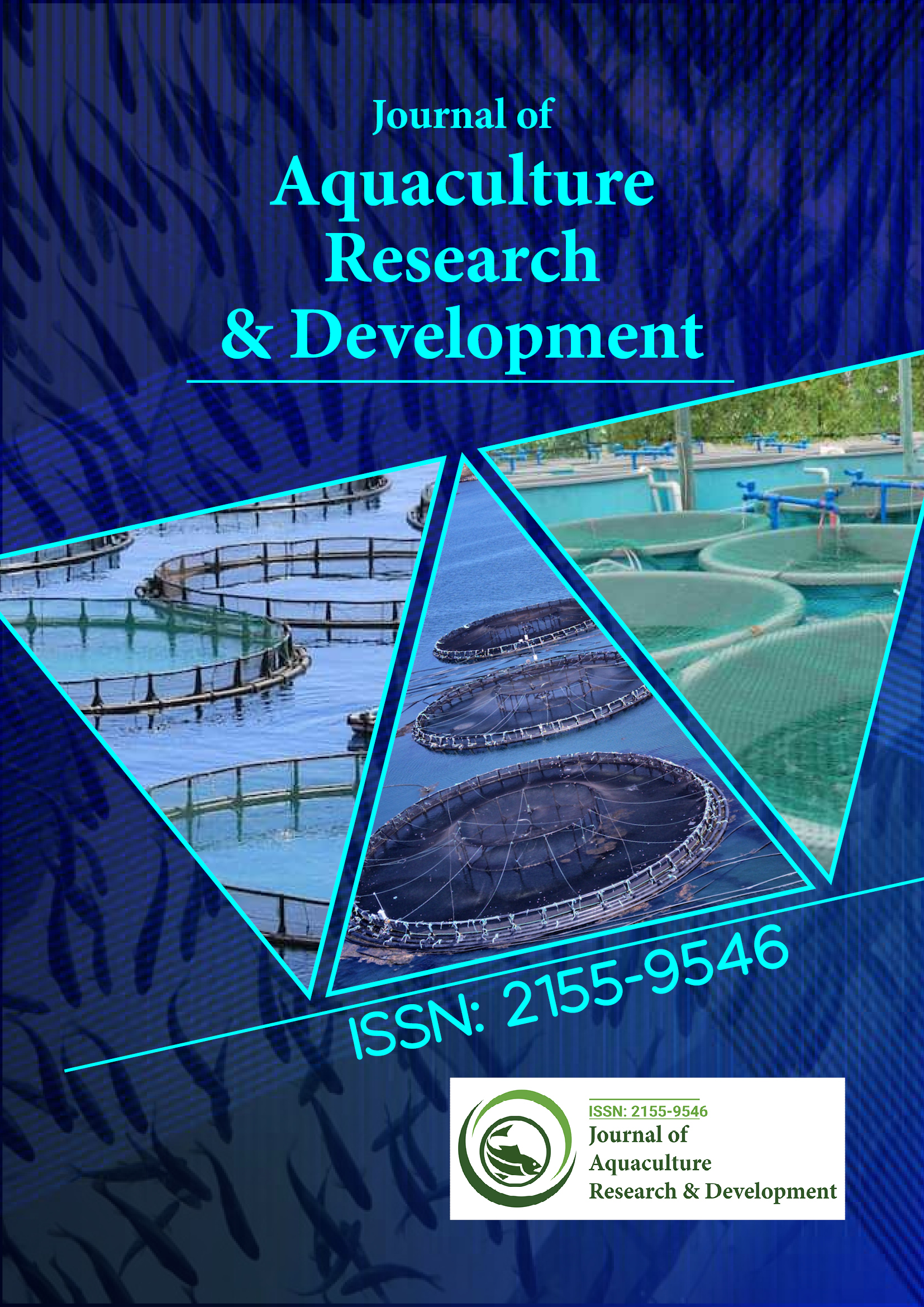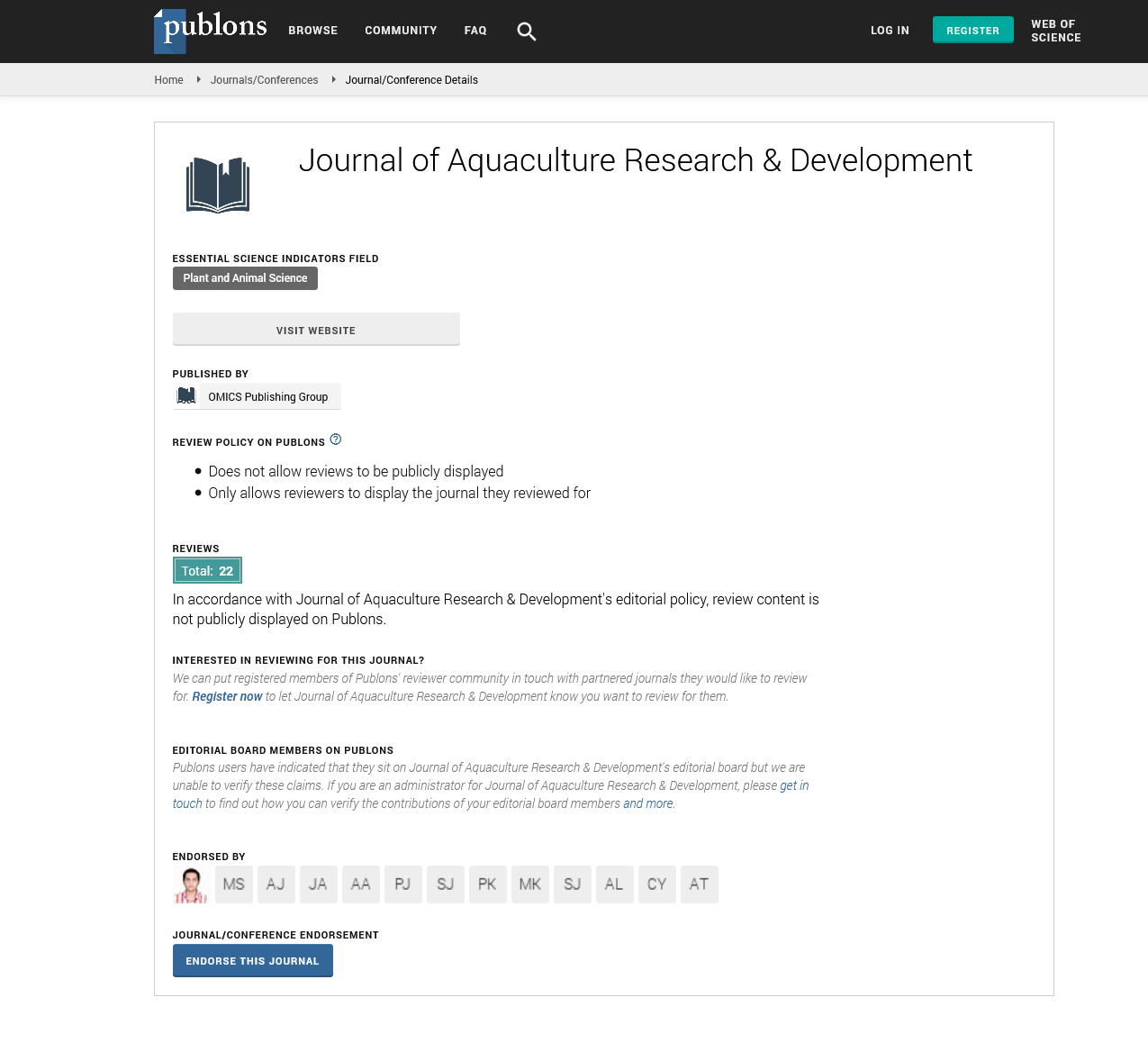Indexed In
- Online Access to Research in the Environment (OARE)
- Open J Gate
- Genamics JournalSeek
- JournalTOCs
- Scimago
- Ulrich's Periodicals Directory
- Access to Global Online Research in Agriculture (AGORA)
- Electronic Journals Library
- Centre for Agriculture and Biosciences International (CABI)
- RefSeek
- Directory of Research Journal Indexing (DRJI)
- Hamdard University
- EBSCO A-Z
- OCLC- WorldCat
- Scholarsteer
- SWB online catalog
- Virtual Library of Biology (vifabio)
- Publons
- MIAR
- University Grants Commission
- Euro Pub
- Google Scholar
Useful Links
Share This Page
Journal Flyer

Open Access Journals
- Agri and Aquaculture
- Biochemistry
- Bioinformatics & Systems Biology
- Business & Management
- Chemistry
- Clinical Sciences
- Engineering
- Food & Nutrition
- General Science
- Genetics & Molecular Biology
- Immunology & Microbiology
- Medical Sciences
- Neuroscience & Psychology
- Nursing & Health Care
- Pharmaceutical Sciences
Opinion - (2025) Volume 16, Issue 4
Microplastics in Farmed Aquatic Animals and Emerging Food Safety Concerns
Shoshana Milo*Received: 28-Mar-2025, Manuscript No. JARD-25-29674; Editor assigned: 01-Apr-2025, Pre QC No. JARD-25-29674 (PQ); Reviewed: 15-Apr-2025, QC No. JARD-25-29674; Revised: 22-Apr-2025, Manuscript No. JARD-25-29674 (R); Published: 29-Apr-2025, DOI: 10.35248/2155-9546.25.16.985
Abstract
Description
The rapid expansion of aquaculture has transformed the global food system by meeting the rising demand for fish and other aquatic products. As capture fisheries plateau due to overexploitation and environmental pressures, aquaculture continues to fill the protein gap for billions of people. However, the sector is facing emerging challenges associated with environmental contaminants, among which microplastics have drawn significant attention. Microplastics, defined as plastic particles smaller than 5 mm, are pervasive in aquatic ecosystems and their presence in aquafeed has become a growing concern.
Aquafeed serves as the major input in aquaculture, directly influencing the health, growth and productivity of cultured animals. The contamination of feed with microplastics not only introduces foreign particles into the diet of aquaculture species but also raises concerns regarding bioaccumulation, feed quality, animal welfare and eventual human exposure through seafood consumption. Exploring the sources of microplastics in aquafeed, their interactions with diverse aquaculture animals, associated health effects and possible mitigation strategies is therefore critical to ensure the sustainability of the industry.
Sources of microplastics in aquafeed
Microplastics can enter aquafeed through multiple pathways during feed production, storage and transportation, making them difficult to avoid. Raw material contamination is one of the major routes. Many aquafeed ingredients, including fishmeal, soybean meal, corn gluten, wheat flour and fish oil, are susceptible to contamination. Fishmeal derived from wild-caught fish often contains microplastics because pelagic and demersal species ingest plastic debris present in their environment. Plant-based ingredients can also carry residues from irrigation systems, plastic mulches and food processing facilities, further introducing microplastic particles into the feed chain.
Another source is the manufacturing process. Feed production involves grinding, extrusion, drying and packaging and during these steps, plastics from machinery, pipelines and storage containers can fragment and integrate into feed pellets. For example, the high temperatures and mechanical stress in extrusion may cause plastic-coated equipment to wear down, releasing fine particles that mix with the feed.
Microplastic ingestion in aquaculture animals
Aquaculture species vary widely in their feeding habits, physiology and farming environments, which affects their exposure and response to microplastics. Finfish such as salmon, trout and sea bass rely heavily on formulated feed, making them particularly vulnerable to feed-borne microplastic ingestion. Studies show that particles can accumulate in the gastrointestinal tract and occasionally translocate to other tissues. Omnivorous freshwater fish such as tilapia and carp also consume contaminated feed and their filter-feeding behavior enhances the likelihood of ingesting suspended microplastics from surrounding water.
Crustaceans such as shrimp and prawns are central to global aquaculture and are highly dependent on pelleted feeds in intensive farming systems. Experimental research suggests that particles smaller than 200 μm can be ingested and retained in shrimp guts. Such retention may reduce nutrient absorption and energy allocation, ultimately affecting survival and growth.
Mollusks, especially mussels and oysters, are filter feeders that naturally ingest suspended particles from water. While they are already prone to environmental microplastic exposure, hatchery practices that involve algal pastes and formulated microdiets add additional pathways for ingestion. Since bivalves are consumed whole, with gastrointestinal tissues intact, microplastic contamination in their bodies has direct implications for food safety.
Physiological and health impacts
The ingestion of microplastics can exert diverse biological effects, depending on particle size, polymer composition and associated chemical additives. In the digestive system, microplastics accumulate in the gastrointestinal tract, where they cause physical abrasion, mucosal inflammation and impaired digestive enzyme activity. In some finfish, ingestion has been linked to partial intestinal blockage, reducing the efficiency of feed conversion and overall growth rates.
Nutrient absorption is often impaired. Shrimp and finfish exposed to microplastics frequently show reduced assimilation of proteins and lipids. This occurs because particles physically displace food and disrupt nutrient uptake across the intestinal epithelium, leading to suboptimal energy metabolism.
Oxidative stress and inflammation are additional consequences. Microplastics can generate reactive oxygen species, causing oxidative stress at the cellular level. This oxidative imbalance leads to tissue damage in the liver, gills and muscles of exposed species. Chronic stress triggers inflammation, suppresses immune responses and increases susceptibility to bacterial or viral diseases, which are major concerns in aquaculture.
Citation: Milo S (2025). Microplastics in Farmed Aquatic Animals and Emerging Food Safety Concerns. J Aquac Res Dev. 16:985.
Copyright: © 2025 Milo S. This is an open-access article distributed under the terms of the Creative Commons Attribution License, which permits unrestricted use, distribution, and reproduction in any medium, provided the original author and source are credited

